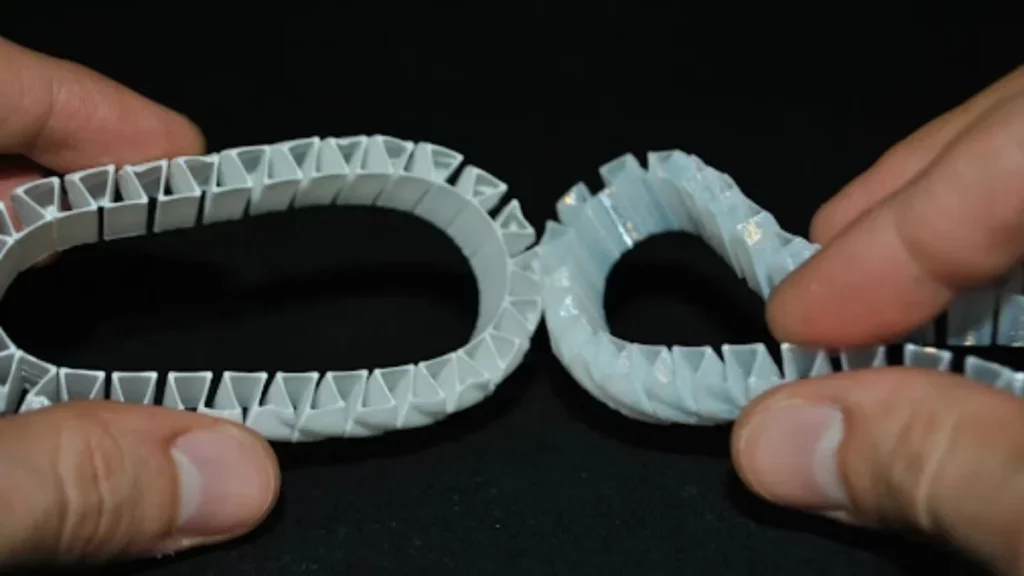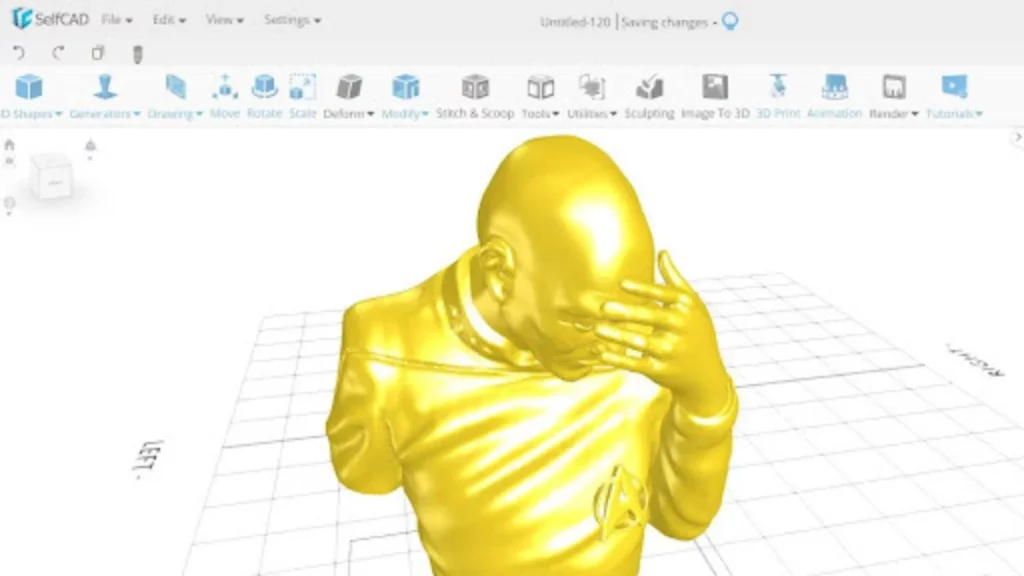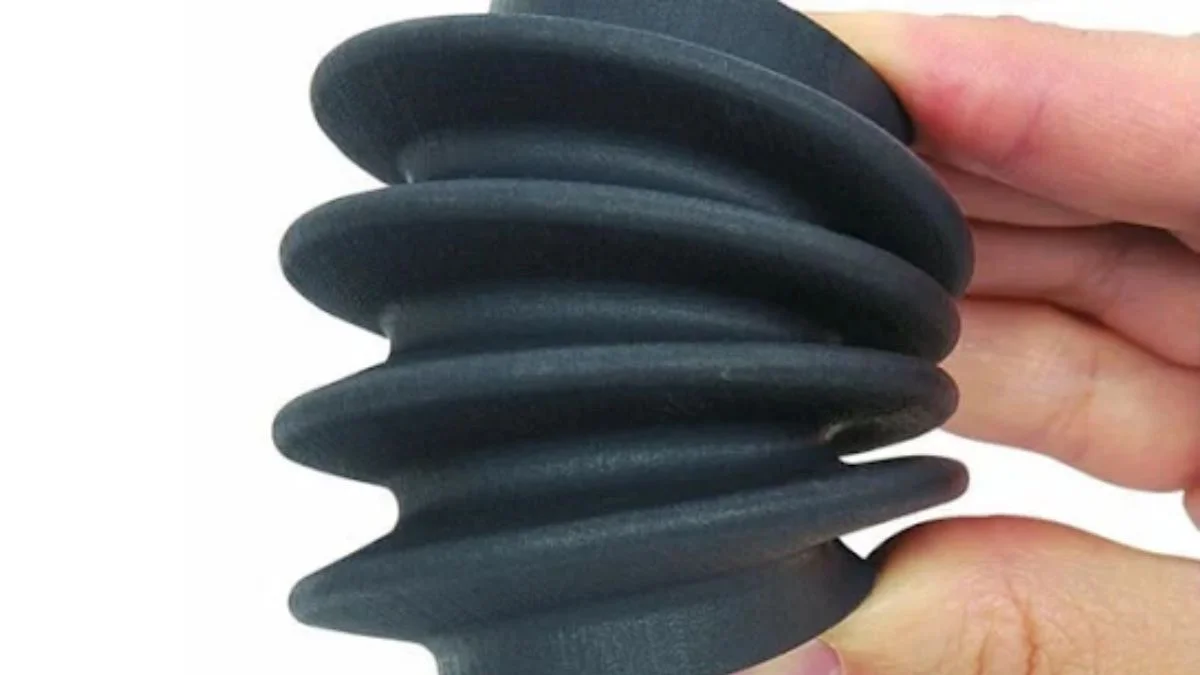Over the past decade, 3D printing has revolutionized manufacturing by enabling the creation of intricate objects layer by layer. While initially limited to rigid materials like plastic and metal, advancements in additive manufacturing techniques have opened up new possibilities, including the ability to 3D print rubber-like materials.
Rubber is widely used in various industries, from automotive to consumer goods, due to its unique properties such as flexibility, elasticity, and durability. In this article, we will explore the possibilities and limitations of 3D printing rubber, shedding light on its potential applications, and challenges.
Understanding Rubber-like 3D Printing

Before delving into the possibilities and limitations of 3D printing rubber, it is essential to grasp the fundamental concepts and techniques involved. Traditional 3D printing methods, such as fused deposition modeling (FDM) and stereolithography (SLA), primarily use rigid materials. However, the development of flexible filament materials and the emergence of new 3D printing technologies, such as digital light processing (DLP) and selective laser sintering (SLS), have made it possible to 3D print rubber-like materials.
Possibilities of 3D Printing Rubber
- Prototyping and Customization: One of the significant advantages of 3D printing rubber is its ability to create complex geometries and intricate designs that would be difficult or impossible to achieve using traditional manufacturing methods. This makes it ideal for prototyping and customizing products. Designers and engineers can quickly iterate and test rubber components, refining their designs without the need for expensive tooling.
- Soft Robotics and Wearable Technology: 3D printing rubber opens up new possibilities in soft robotics, a field that aims to create flexible, adaptable, and human-friendly robotic systems. By 3D printing soft and flexible components, researchers can develop robots that can interact safely with humans and navigate complex environments with ease. Additionally, rubber-like materials can be utilized in the production of wearable technology, such as custom-fit prosthetics, smart textiles, and ergonomic accessories.
- Gaskets, Seals, and O-Rings: Rubber gaskets, seals, and O-rings are vital components used in various industries to prevent leaks, dampen vibrations, and provide sealing between moving parts. 3D printing rubber allows for the production of these components with intricate designs and precise dimensions, ensuring a perfect fit and enhanced performance.
- Soft Touch Consumer Products: The ability to 3D print rubber-like materials opens up avenues for the creation of consumer products with enhanced ergonomics and tactile qualities. From comfortable grips on tools and kitchen utensils to soft-touch handles on electronics and appliances, the customization options are vast. Consumers can benefit from products designed to fit their individual needs, providing a personalized and comfortable experience.
Limitations of 3D Printing Rubber
- Material Selection and Properties: While 3D printing rubber-like materials offers significant advantages, the range of available materials is currently more limited compared to rigid filaments. Rubber filaments typically exhibit a narrower range of mechanical properties, such as flexibility and elasticity, compared to traditional rubber materials. However, ongoing research and development efforts aim to expand the material selection and improve the properties of 3D-printed rubber.
- Printing Speed and Resolution: 3D printing rubber can be a time-consuming process, especially when compared to printing with rigid materials. Rubber-like materials often require slower print speeds and more complex support structures to achieve accurate and high-resolution prints. Additionally, the resolution of 3D-printed rubber is currently limited compared to other materials, which can affect the level of detail achievable in intricate designs.
- Post-Processing and Finishing: Post-processing and finishing of 3D-printed rubber parts can be more challenging compared to rigid materials. Due to the flexible nature of rubber-like filaments, removing support structures and achieving a smooth surface finish may require additional effort and specialized techniques. However, advancements in post-processing methods and the development of support materials designed specifically for rubber-like materials are helping to address these challenges.
Overcoming Limitations and Advancements in 3D Printing Rubber
- Material Development: To overcome the limitations of material selection in 3D printing rubber, researchers and material scientists are actively working on developing new formulations and composite materials. They aim to achieve a broader range of mechanical properties, including variations in flexibility, elasticity, and durometer. By tailoring the material composition, it becomes possible to create rubber-like filaments with specific characteristics suitable for different applications.
- Printing Techniques and Parameters: Advancements in 3D printing technologies are also addressing the challenges related to printing speed and resolution for rubber-like materials. Improved printer hardware and software allow for better control over printing parameters, such as layer thickness, print speed, and infill density. These optimizations help enhance the quality and accuracy of 3D-printed rubber parts, reducing the time required to achieve high-resolution prints.
- Support Structures and Post-Processing: Support structures are crucial in 3D printing to ensure the stability and accuracy of the printed object during the printing process. For rubber-like materials, designing and removing support structures can be more challenging due to their flexibility. However, advancements in support material development, such as dissolvable or peelable support structures, are simplifying the post-processing steps. New support materials specifically formulated for rubber filaments offer improved adhesion during printing and easier removal, resulting in cleaner and smoother finished prints.
Current Applications
- Medical and Prosthetics: The medical industry is benefiting greatly from the possibilities of 3D printing rubber. Customized prosthetics and orthotics, such as flexible sockets and comfortable padding, can be 3D printed to fit patients’ individual needs. Soft and flexible surgical guides and anatomical models are also being produced using rubber-like materials, aiding in surgical planning and training.
- Automotive and Aerospace: Rubber components play a crucial role in the automotive and aerospace industries, providing sealing, vibration dampening, and impact absorption. 3D printing rubber enables the production of complex and optimized gaskets, seals, and shock absorbers with improved performance and reduced assembly requirements. Additionally, soft-touch surfaces, grips, and interior components can be customized and 3D printed, enhancing the overall user experience.
- Consumer Products and Fashion: The versatility of 3D printing rubber opens up avenues for innovative and ergonomic consumer products. From comfortable shoe insoles and custom-fit sports equipment to flexible smartphone cases and fashion accessories, the possibilities are vast. Designers and artists are exploring the creative potential of 3D-printed rubber to push the boundaries of fashion and product design, incorporating unique textures and dynamic shapes.
Best 3D Printing Software: SelfCAD

SelfCAD is an innovative and user-friendly 3D printing software that provides a comprehensive suite of tools for designing, modeling, and preparing 3D prints. Here are some key points highlighting the features and benefits of SelfCAD:
User-friendly interface: SelfCAD offers a beginner-friendly interface that is intuitive and easy to navigate, making it accessible to users of all skill levels.
The software provides a range of tutorials, video guides, and a knowledge base to assist users in getting started and mastering the software quickly.
All-in-One Solution: SelfCAD is an all-in one solution, online CAD (Computer-Aided Design), slicing, and 3D printing functionalities in a single software.
Users can create and modify complex 3D models, slice them into printable layers, and send them directly to their 3D printers, all within the SelfCAD environment.
Powerful Design Tools: SelfCAD offers a wide range of powerful design tools that enable users to create intricate and precise 3D models.
It includes standard modeling tools such as extrusion, filleting, and mirroring, as well as more advanced tools like sculpting, parametric modeling, and boolean operations.
The software also provides support for importing existing models in various file formats, allowing users to edit and optimize them for 3D printing.
Integrated Slicer: SelfCAD features an integrated slicer that converts 3D models into printable layers with customizable settings.
Users can adjust parameters such as layer height, infill density, support structures, and print speed to achieve the desired print quality and optimize the printing process.
The slicer supports various file formats, including STL, OBJ, and AMF, ensuring compatibility with a wide range of 3D printers.
Real-Time Collaboration: SelfCAD allows users to collaborate with others in real time, making it ideal for educational settings or team projects.
Multiple users can work on the same design simultaneously, making edits and viewing changes in real time.
Collaboration features include chat functionality, version history, and the ability to share and access designs through the cloud.
3D Print Preparation: SelfCAD provides tools for preparing 3D prints, such as automatic and manual support generation, orientation optimization, and mesh repair functions.
Users can analyze and repair models to fix common issues like non-manifold geometry, wall thickness errors, or intersecting components, ensuring successful prints.
Library of Pre-Designed Objects: SelfCAD offers a built-in library of pre-designed objects and templates, including a vast collection of shapes, figurines, and functional models.
Users can leverage this library to quickly find and customize designs, saving time and effort in the design process.
Cost-Effective: SelfCAD offers affordable pricing plans, making it an attractive option for hobbyists, students, and professionals.
The software provides a free plan with limited features, as well as paid subscription plans with additional capabilities for more advanced users.
Whether you’re a beginner or an experienced designer, SelfCAD provides the necessary tools and functionalities to bring your 3D printing projects to life.
Conclusion:
The advent of 3D printing rubber has opened up exciting possibilities for various industries. While there are limitations to overcome, such as material selection and printing speed, ongoing advancements in material development, printing techniques, and post-processing are steadily expanding the capabilities of 3D-printed rubber. From custom prosthetics to automotive components and consumer products, the potential applications are vast. As research and development efforts continue, we can expect further improvements in material properties and printing technologies.
ALSO READ: Mastering Rotogravure Printing: Techniques and Best Practices











